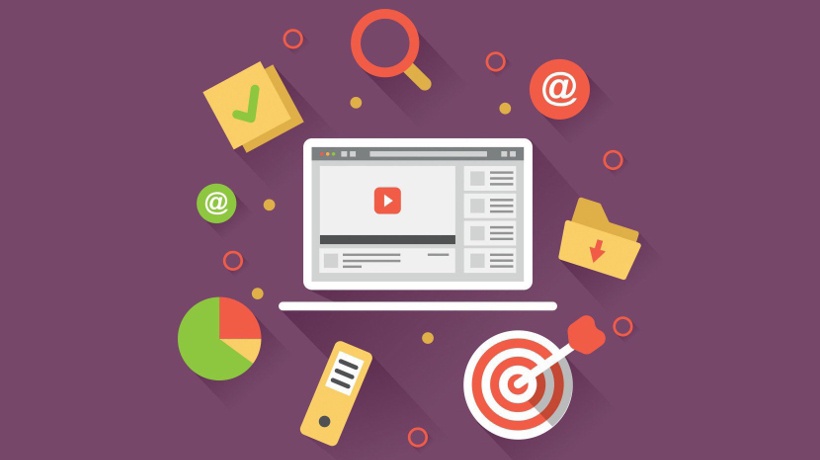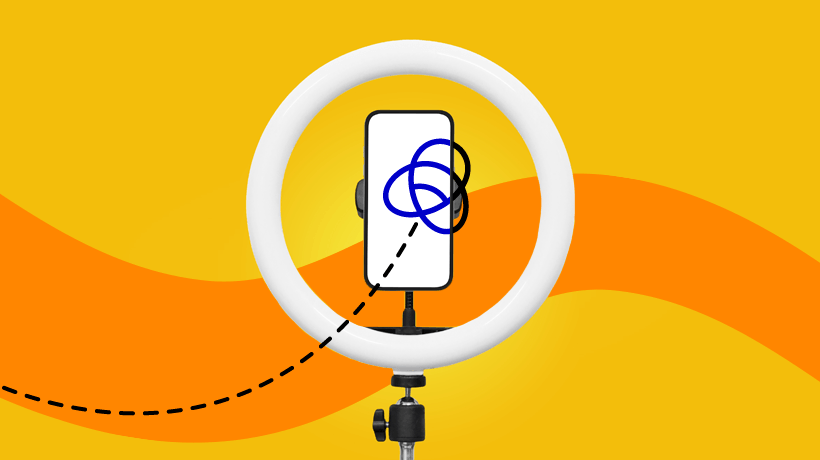How To Use YouTube To Transform Your eLearning Course
Millions of people watch YouTube videos on a daily basis, which means that a high percentage of your online learners are probably already familiar with the social networking platform. So, why not use that to your advantage to put a whole new interactive spin on your eLearning course? eLearning videos appeal to all learning needs because they include a good mix of multimedia. Therefore, your online learners who prefer visual elements in eLearning will get just as much out of the eLearning experience as online learners with auditory preferences. Here are the top 5 ways that you can use YouTube in your next eLearning course.
- Create tutorials that simplify complex tasks.
YouTube is already full of tutorials and walkthroughs that cover a broad range of topics, from fixing laptops to performing spa services. These ready-made online videos can drastically reduce your eLearning budget, provided that you can find the right ones. This is due to the fact that you won't have to pay to produce online video tutorials for your eLearning program and can simply embed them into your eLearning course or LMS. If there aren't any task tutorials that are relevant for your online learners, then you may want to consider creating your own and uploading it to YouTube. That way your current online learners can enjoy a customized tutorial and new online learners can find out about your eLearning courses. This approach is ideal for more complicated tasks and topics because they can be broken down to their most basic components. It also offers them a visual representation of the process so that they can follow along with the online demo. - Develop a list of must-see YouTube resources.
In addition to embedding YouTube videos into your eLearning course design, you can also create a list of helpful eLearning videos that online learners can view on their own time. Just do a quick search on YouTube, using specific keywords, to find online videos that relate to the subject matter. This allows you to offer a broad range of supplemental eLearning resources without having to add them to your eLearning course design, which can help reduce cognitive overload and decrease the clutter. Organize the list by category, task, skill, or department so that online learners can click on the eLearning videos they need rapidly. You may even want to encourage your online learners to seek out YouTube videos themselves and add them to the list so that their peers can benefit. - Upload your live online training events.
Many organizations now offer online training events that allow instructors and corporate learners to interact with each other. Unfortunately, busy schedules, distractions, and different time zones can prevent employees from attending the live online training session. This is when YouTube serves as a valuable tool. Record the live event and then upload it to a video-sharing platform. You can even use a video-editing tool to add effects, captions, or remove clips that are no longer relevant. Make sure that you get approval from all of your attendees if their comments and responses, text, audio, or video, will be included in the finished product. You may also decide to read all of the questions and comments aloud when recording your presentation, as you may not be able to include the text responses. - Produce mobile-friendly eLearning videos.
One of the most significant benefits of using YouTube in eLearning is that it has its own mobile app. Therefore, you can upload a video to YouTube to make it instantly mobile-friendly. This can be a great alternative if you're not already using a responsive design tool, as the online video can be viewed on smartphones, tablets, and wearable tech gadgets. YouTube also has built-in playback and volume controls, which means that your online learners can access the eLearning content in public spaces. For example, they have the ability to mute the volume if they are in a quiet office so as not to disturb their coworkers. In addition, the YouTube platform creates captions for your videos, making it ideal for disabled online learners or those who may not be able to listen to the presentation. Be sure to review the video once it's uploaded to verify that the captions are on-point, however. You may have to add your own captions if the auto-generator produces error-ridden text. - Encourage online learners to design their own YouTube presentations.
Instead of offering your online learners a variety of video tutorials, online presentations, and product demos, why not asking them to create their own training materials? Encourage your online learners to design their own YouTube videos from start to finish. This includes storyboarding, image selection, audio recording, and editing. They will need to have a good understanding of the subject matter in order to produce the eLearning video, thanks to the fact that they'll have to summarize the eLearning content and include the key takeaways. Once they're finished, they can share it with their peers, who can then provide feedback and deepen their own understanding of the topic. Develop a set of guidelines beforehand to ensure that everyone knows the expectations and process that that they should follow.
YouTube is also ideal for microlearning online training courses, as employees have the opportunity to access bite-sized bits of information on-the-job. For this very reason, an increasing number of organizations are now turning to this video-sharing site for their Learning and Development needs. Why not try using some of the tips and techniques in this article to use YouTube in your next eLearning program?
Video sharing has become extremely popular in recent years, which has led to the rise of eLearning video productions. Read the article 7 Tips To Create Hollywood-Worthy eLearning Videos to discover that anyone can design Hollywood style video content for their eLearning course with the correct tools, a bit of know-how, and some top tips on-hand.







